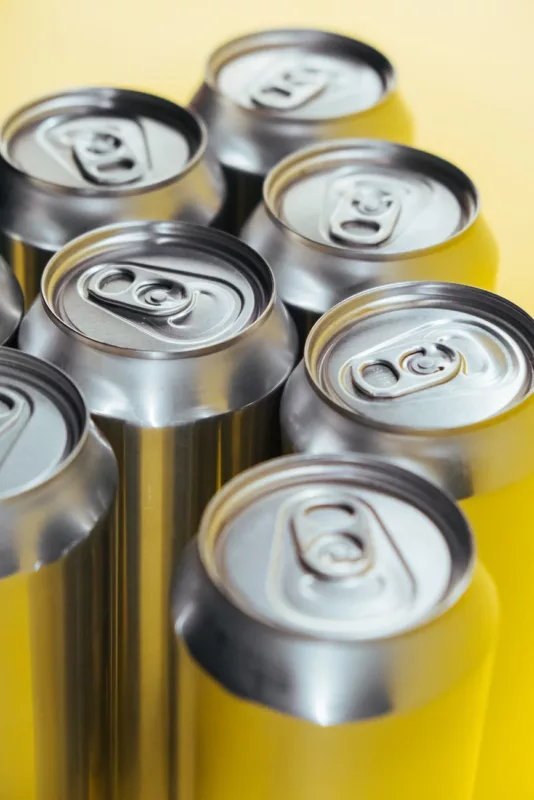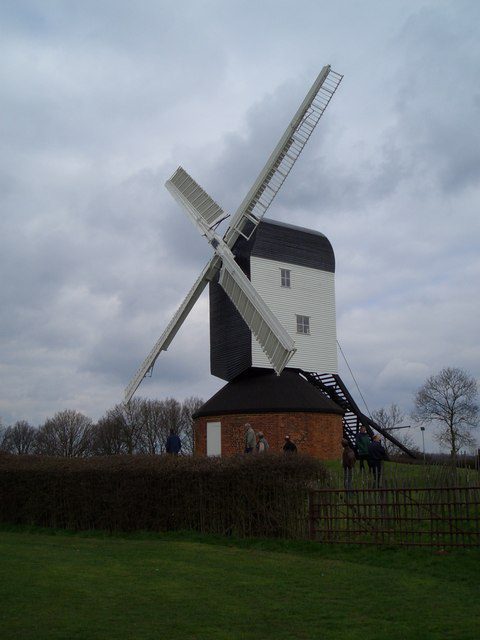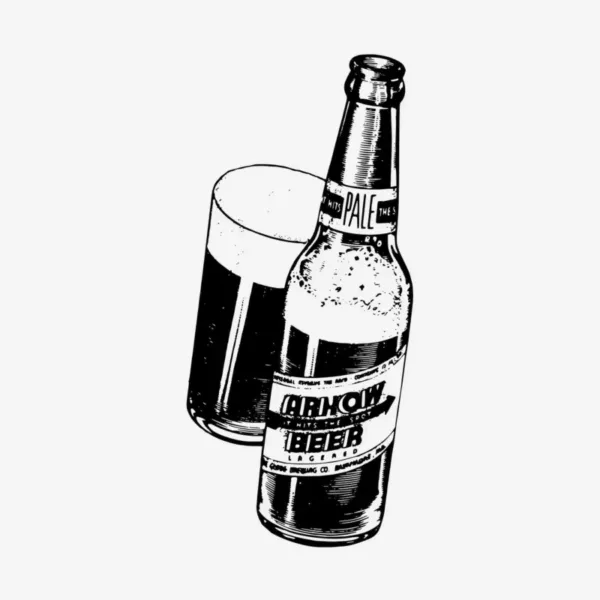Craft beer has become a booming industry in recent years, with breweries popping up all over the world. However, like any other industry, the craft beer industry is not immune to challenges and changes. From rising costs to shifting consumer preferences, breweries are constantly adapting to stay relevant and profitable. In this article, we will delve into the latest trends shaping the craft beer landscape in 2023.
Consumers Seek Value in Bulk Beer and Higher Alcohol Levels
Inflation and rising costs have impacted the brewing industry, leading consumers to seek value in their beer purchases. To remain competitive, breweries are finding ways to add value to their offerings. One way they are doing this is by offering bulk beer options. Buying beer in larger quantities allows consumers to get more bang for their buck.
Another trend emerging in response to rising costs is the demand for higher alcohol levels in beer. Consumers are looking for products that offer more bang for their buck in terms of alcohol content. Breweries like Sierra Nevada Brewing Co. and New Belgium Brewing are responding to this demand by producing beers with higher ABV (Alcohol By Volume) percentages, such as the Big Little Thing and Voodoo Ranger Imperial IPA, respectively.
Breweries Will Trim SKUs and Focus on Specific Styles
With increasing competition in the craft beer market, breweries are finding the need to streamline their offerings and focus on specific beer styles. By eliminating slow-moving brands and narrowing their portfolios, breweries can prioritize profitability and ensure that their highest-performing beers receive the attention they deserve. This trend not only helps breweries weather ingredient availability challenges but also allows them to keep fresh beer in the marketplace.
Additionally, breweries are doubling down on specific styles of beer to cater to the preferences of their target audience. Rather than trying to please everyone, breweries are finding success in specializing in certain beer styles. Sacred Profane Brewing, for example, only produces two types of beer – a pale and dark lager. This approach eliminates overwhelming choices for consumers and appeals to those seeking quality over quantity.
Breweries Reclaim Carbon Dioxide in the Face of Supply Chain Disruptions
The carbon dioxide shortage experienced by the brewing industry has spurred innovation in the form of reclaiming and reusing CO2. Breweries are exploring various methods to solve the issue of gas supply availability and reduce dependence on external delivery. For example, New Glarus Brewing has installed equipment to reclaim its carbon dioxide, compressing it into liquid and storing it for later use. Companies like Earthly Labs have developed systems that allow breweries to capture, purify, and reuse carbon dioxide created during fermentation.
Another technique breweries are adopting is spending, a traditional method of naturally carbonating beer. By trapping carbon dioxide in tanks during fermentation, breweries can reduce their reliance on external sources of carbonation. This not only helps mitigate the impact of supply chain disruptions but also improves the efficiency of beer production, saving money in the process.
Global Crises Spur More Local Beers
Global crises, such as the ongoing conflict between Ukraine and Russia and poor harvests in Europe, have prompted breweries to look closer to home for raw materials. The uncertainty caused by these crises has highlighted the importance of locally sourced ingredients in ensuring a reliable supply chain. Breweries are increasingly turning to locally grown barley, hops, and other ingredients to reduce their dependence on imports.
Researchers are also focusing on developing barley varieties that can withstand different climates, ensuring a more diverse and durable crop of quality malting barley. Efforts like these support local agriculture and provide breweries with a unique selling point – the ability to connect with their community by sourcing ingredients from nearby farms.
Tapping into a region’s natural bounty can also create market differentiation. Breweries like Ferment Brewing are incorporating local ingredients, such as yeast and Douglas fir tips, into their beers, adding a unique terroir to their products. This approach not only showcases the flavours and characteristics of the local environment but also creates a deeper connection between the brewery and its community.
Beer Merch and Variety Beer Packs Offer Sales Opportunities
The shift towards online shopping has had a significant impact on the craft beer industry. Breweries are now emphasizing online sales for merchandise and, where legally permitted, beer. Tree House Brewing, for example, offers a wide range of merchandise, including house-roasted coffee and trading cards featuring their crew members. Stone Brewing takes it a step further by shipping clothing, condiments, candles, and more nationwide.
To make beer purchases more convenient for consumers, breweries are creating variety packs. These packs allow customers to try a selection of different beers in one purchase. Stone Brewing, for instance, recently introduced a mixed six-pack featuring several IPA variations. Variety packs not only provide consumers with more options but also encourage experimentation and engagement with the brand.
Some breweries are even encouraging customers to get creative with their variety packs. Primary Colors Brewing, for instance, suggests blending different styles of beer from their mixed six-pack to create unique flavour combinations. This interactive approach not only adds a fun element to the beer-drinking experience but also encourages customers to explore and appreciate the diversity of beer styles.
Taprooms Will Become Attractive Interactive Hubs
As people emerge from the pandemic and seek places to gather, taprooms are evolving to become more than just places to drink beer. Breweries are creating unique taproom experiences to attract customers of all ages. Features like indoor golf simulators, family-friendly menus, and live music are becoming common in taprooms across the country.
For example, Wallenpaupack Brewery’s second taproom, called the Wake Zone, offers indoor golf and sports simulators alongside a menu of flatbreads, tacos, and sliders. Okay, Beer Company in New York has integrated its taproom into a bowling alley, allowing customers to bowl while enjoying their house-made beers and food. F.X. Matt Brewing Co. in Utica, New York, has created an outdoor biergarten that hosts concerts and serves experimental beers.






